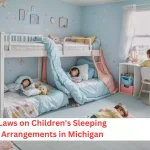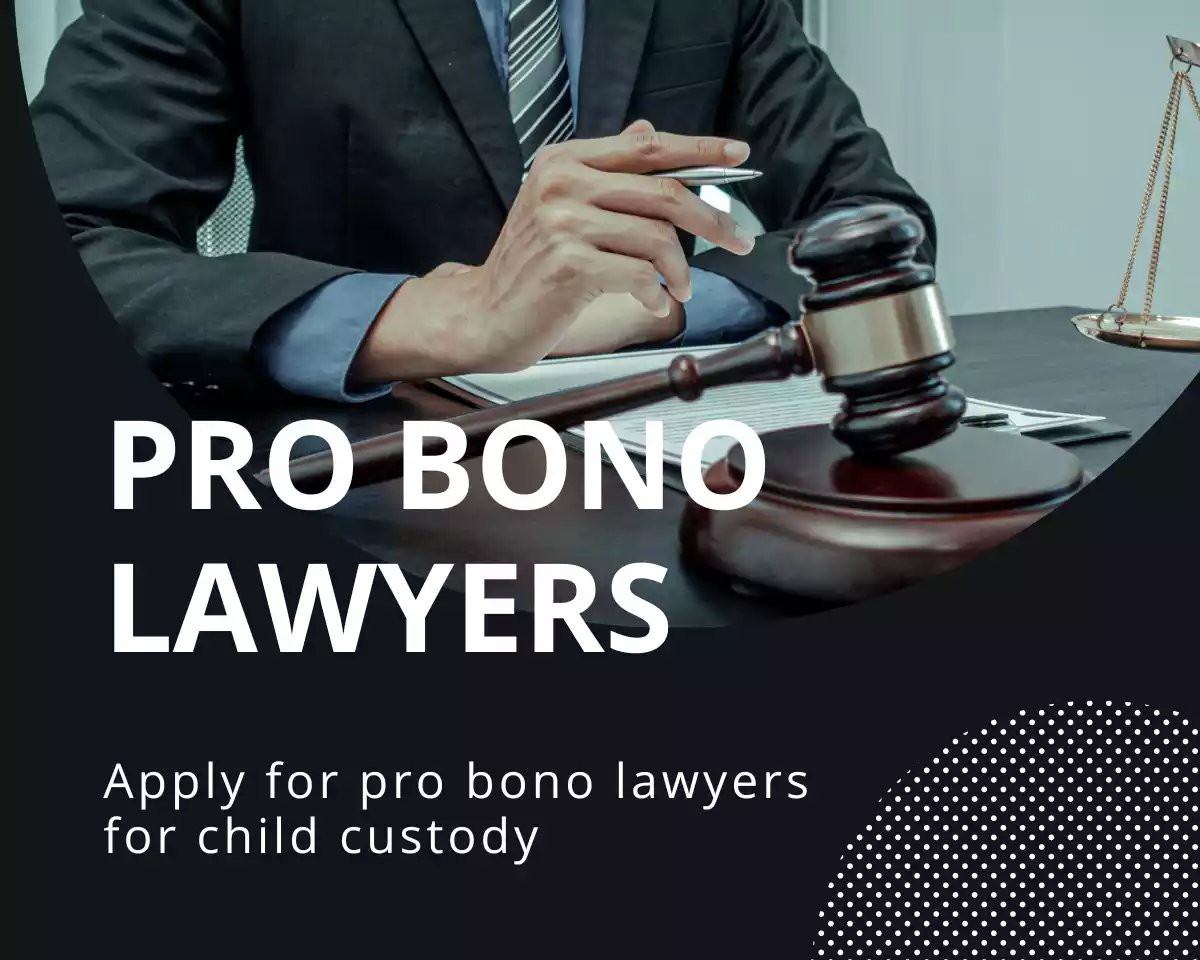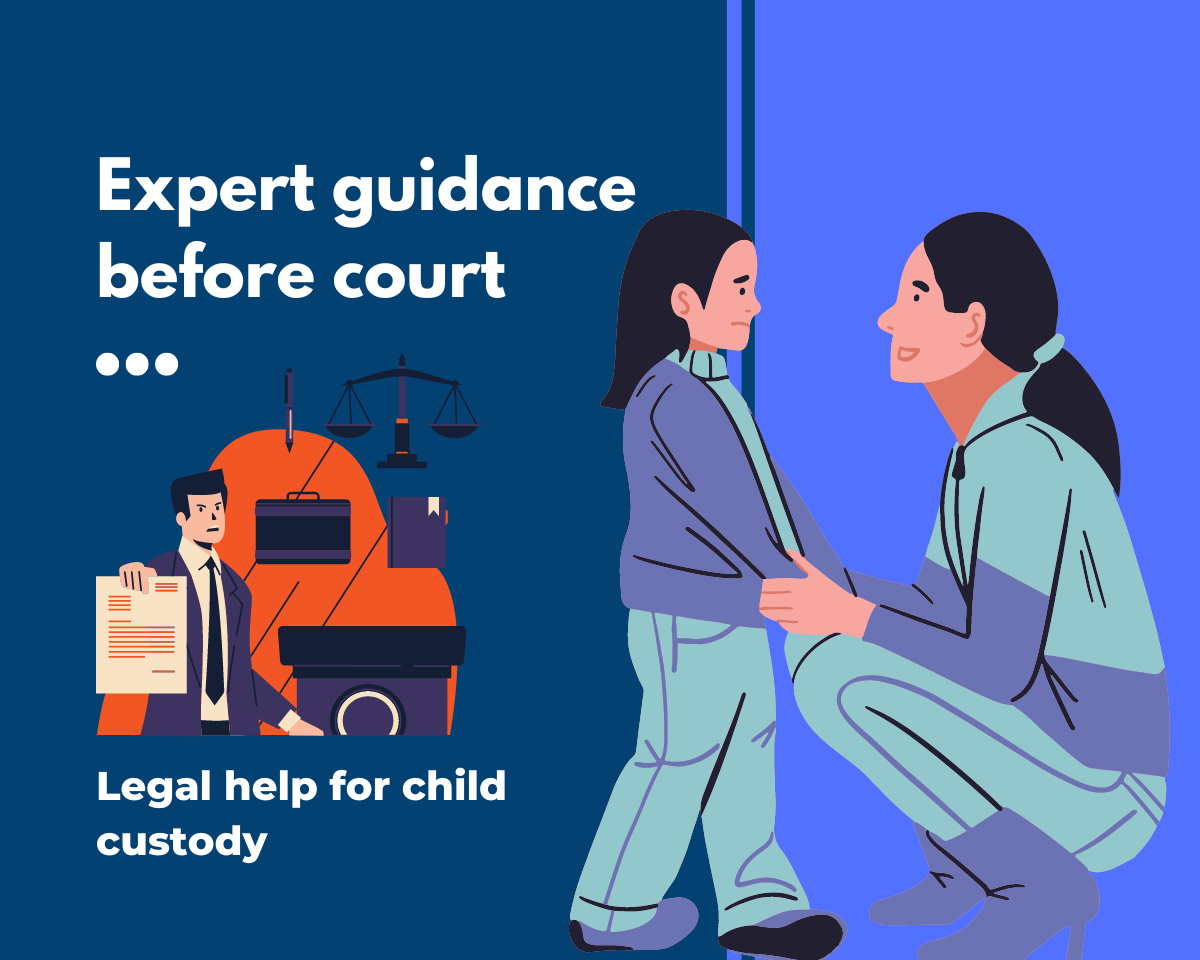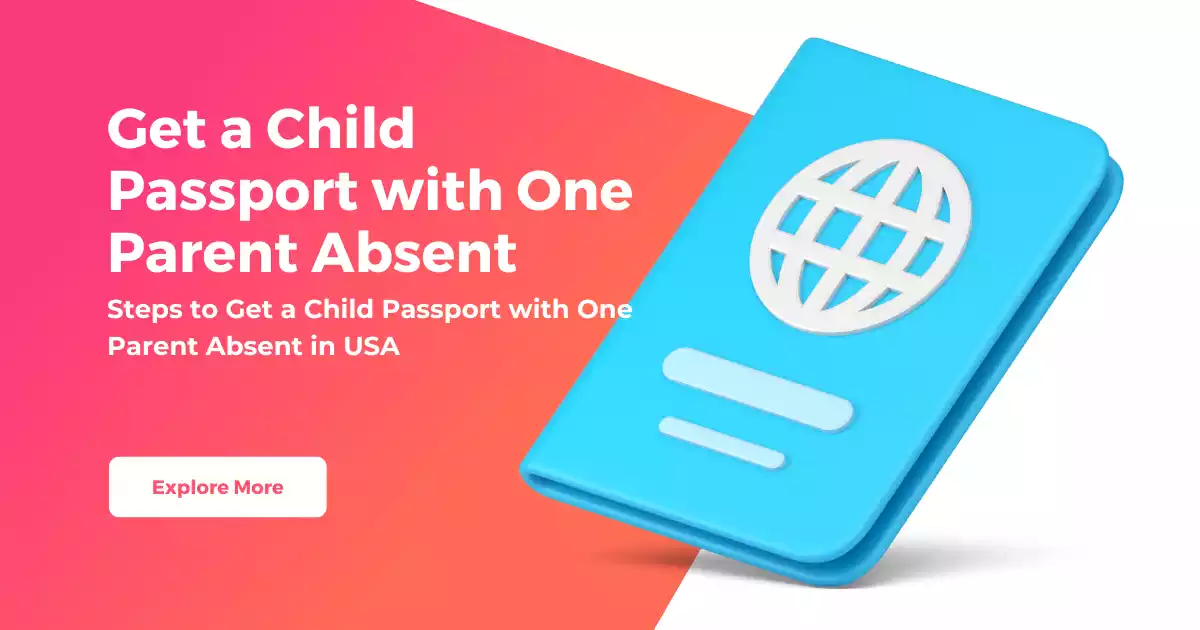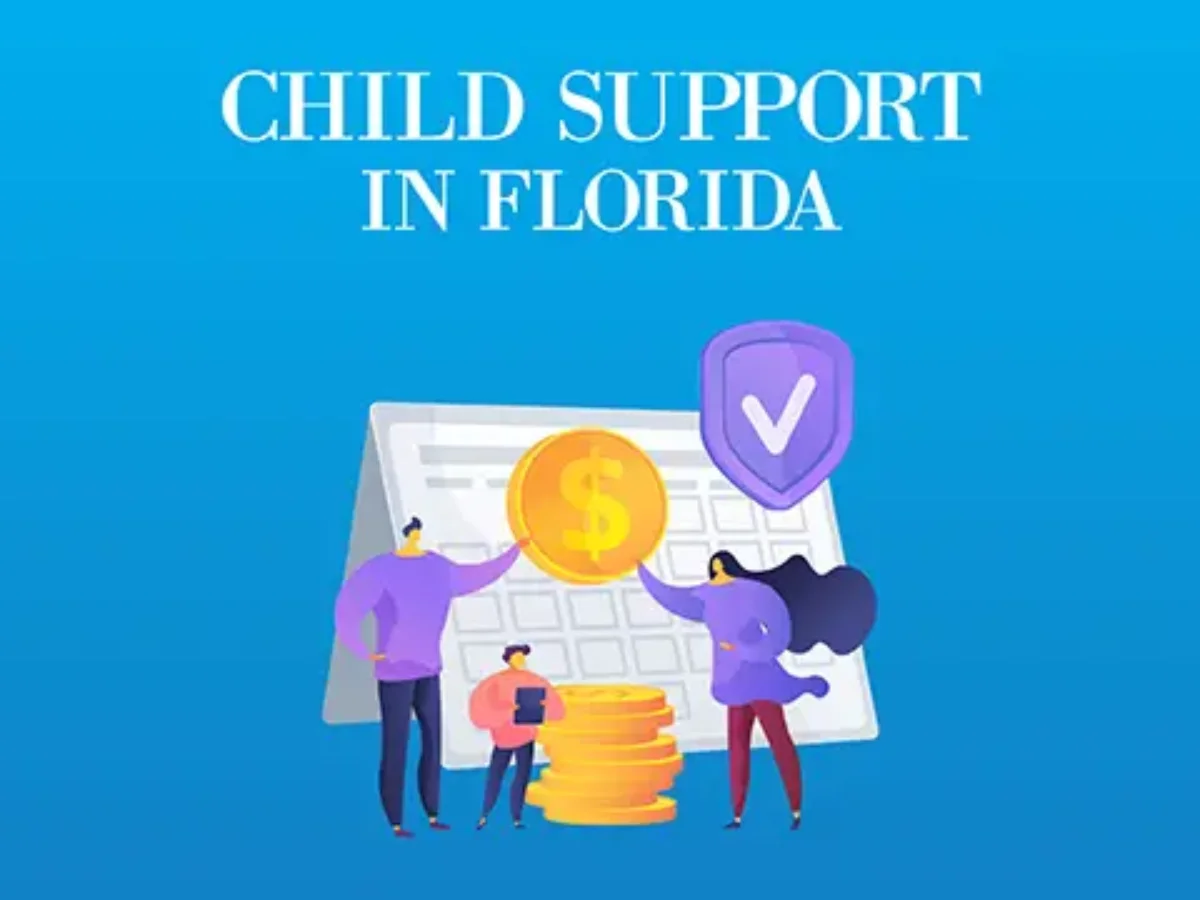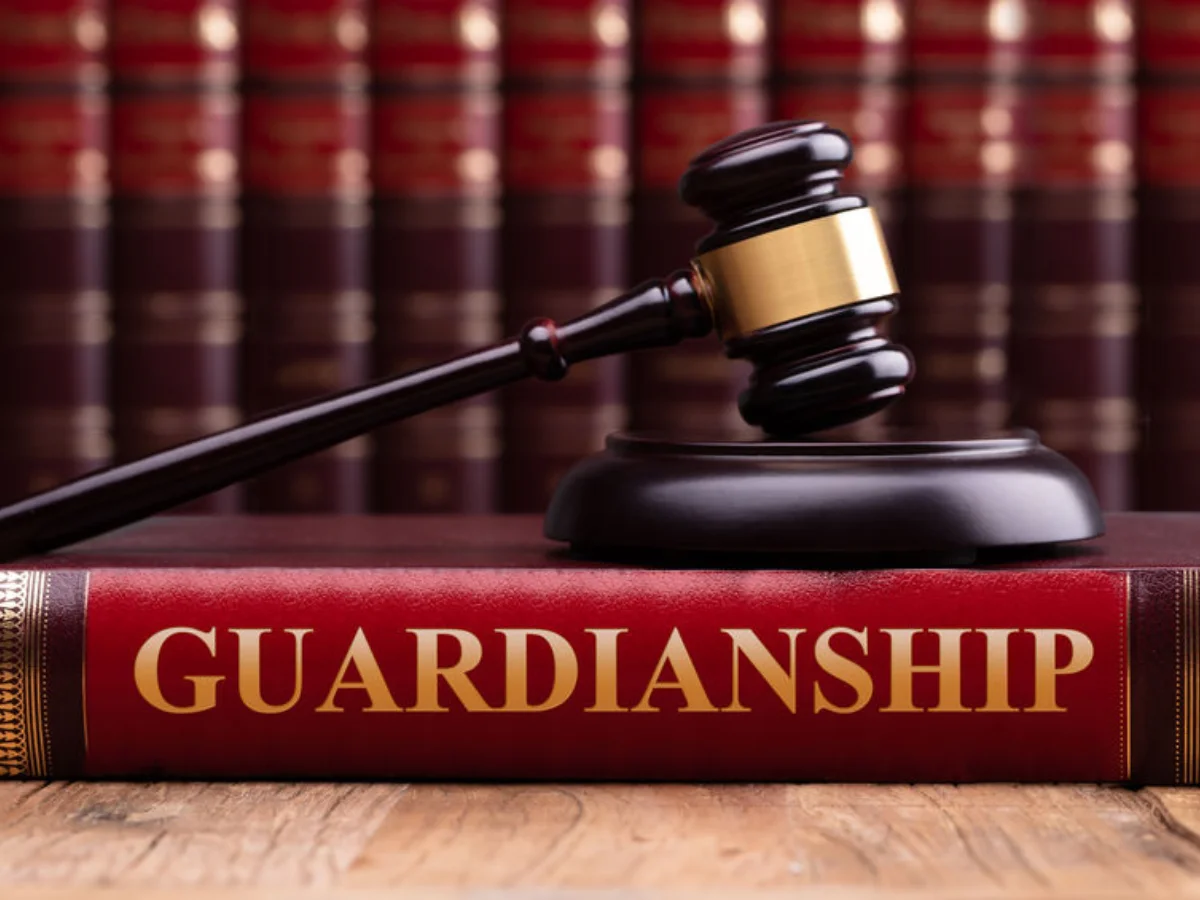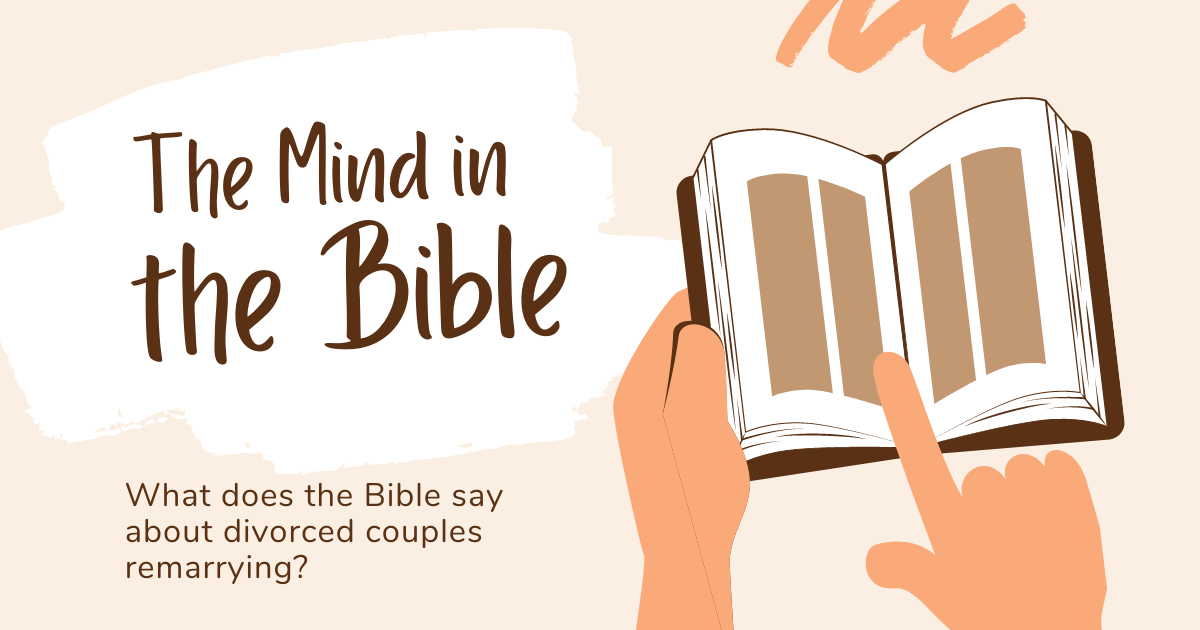Introduction: not in bop custody means
In this opening section, provide a concise overview of the concept of “Not in BOP Custody” and highlight its importance within the legal and incarceration systems. You can emphasize that this distinction significantly affects individuals’ legal rights, access to resources, and societal perceptions.
Defining “Not in BOP Custody”
A. Explanation of BOP and Its Role
Offer a brief explanation of the Bureau of Prisons (BOP) and its role in the U.S. federal correctional system. Explain how BOP custody works and its implications for individuals under its jurisdiction.
B. Clear Definition of “Not in BOP Custody”
Provide a clear and concise definition of what it means to be “Not in BOP Custody.” This might involve highlighting situations where an individual is not under the direct control or supervision of the BOP.
C. Examples Illustrating Situations
Present real-life scenarios or examples to help readers better grasp when and why individuals might be considered “Not in BOP Custody.” This could include individuals who are on pre-trial release, parole, or probation, or those awaiting trial outside of BOP facilities.
Legal Implications
A. Effects on Legal Standing
Explain how the status of “Not in BOP Custody” can impact an individual’s legal standing. Discuss differences in rights, privileges, and limitations compared to those in BOP custody.
B. Comparison of Legal Rights
Offer a detailed comparison of the legal rights and protections available to individuals within BOP custody versus those not in custody. Address areas such as privacy, due process, and access to legal representation.
C. Notable Cases
Highlight specific cases where the distinction between being “Not in BOP Custody” and in custody played a crucial role in legal proceedings. Discuss how these cases have contributed to the ongoing discussions around this distinction.
Reasons for Being “Not in BOP Custody”
A. Pre-trial Detention
Explain the concept of pre-trial detention and how it relates to the status of “Not in BOP Custody.” Discuss factors that may influence a judge’s decision to release an individual pending trial.
B. Release on Bail or Recognizance
Delve into the process of being released on bail or recognizance and how it leads to the status of “Not in BOP Custody.” Discuss the conditions and obligations individuals must adhere to during this period.
C. Other Circumstances
Explore additional circumstances that can result in an individual being “Not in BOP Custody,” such as parole, probation, halfway houses, or electronic monitoring.
Challenges and Considerations
A. Potential Challenges
Discuss the potential challenges individuals not in BOP custody may face, such as maintaining employment, family relationships, and compliance with legal obligations.
B. Access to Resources
Examine the differences in access to resources, including legal representation, healthcare, education, and rehabilitation programs, for individuals inside and outside of BOP custody.
C. Societal Perception and Stigma
Address societal perceptions and stigmas associated with being “Not in BOP Custody.” Discuss how these perceptions can affect reintegration into society and the potential for bias in legal proceedings.
Pros and Cons of “Not in BOP Custody”
A. Advantages
Detail the advantages of not being in BOP custody, such as the ability to maintain personal relationships, continue employment, and potentially avoid some of the challenges of incarceration.
B. Disadvantages
Discuss potential disadvantages, including limitations on movement, potential monitoring, and the potential impact on legal proceedings.
Recent Developments and Discussions
A. Legal Framework Changes
Highlight recent changes or updates in the legal framework that pertain to the distinction of “Not in BOP Custody.” Discuss how these changes may impact individuals’ rights and experiences.
B. Ongoing Debates
Explore ongoing debates and discussions within legal, academic, and advocacy circles about the implications and potential reforms related to the “Not in BOP Custody” status.
Conclusion
In your conclusion, summarize the key takeaways from the blog post, emphasizing the importance of understanding the concept of “Not in BOP Custody” in a broader societal context. Encourage readers to stay informed about evolving legal definitions and rights, and consider the broader implications for the criminal justice system.
Frequently Asked Questions (FAQs)
Q1: What does “Not in BOP Custody” mean?
Not in BOP Custody” refers to a legal status in which an individual is not under the direct control or supervision of the Bureau of Prisons (BOP). This status often arises when an individual is on pre-trial release, parole, probation, or other forms of non-incarcerative supervision.
Q2: How does the “Not in BOP Custody” status affect an individual’s legal rights?
The status of “Not in BOP Custody” can impact an individual’s legal rights and privileges. While specific rights may vary depending on the circumstances and jurisdiction, individuals in this status generally have more freedom of movement and may retain certain rights that could be restricted for those in BOP custody.
Q3: What are the advantages of not being in BOP custody?
There are several advantages to not being in BOP custody, including the ability to maintain personal relationships, continue employment or education, and have more control over daily life. Additionally, individuals not in BOP custody may have greater access to resources and support services.







